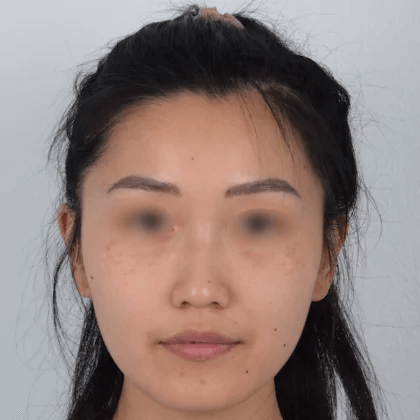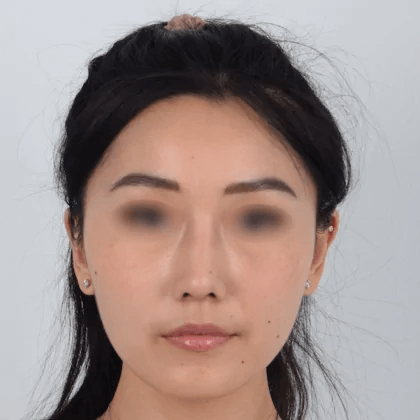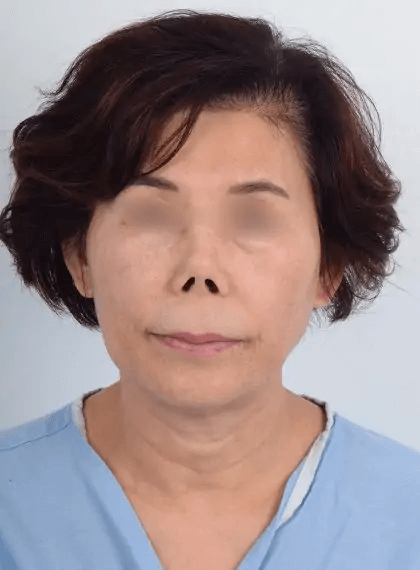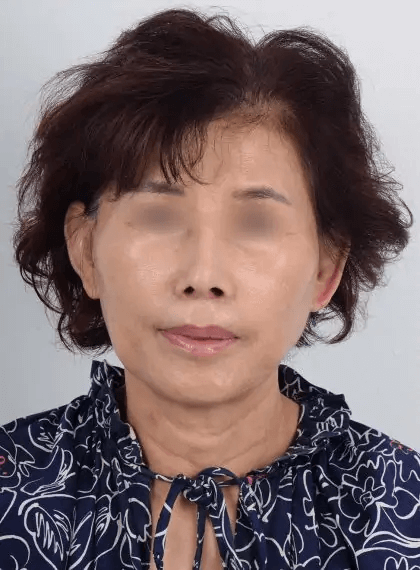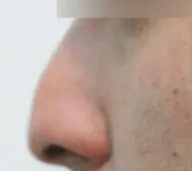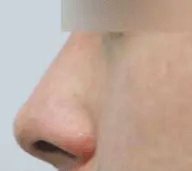Rhinoplasty Revision
 Revision rhinoplasty is a complex surgery, because each surgeon performs rhinoplasty using their preferred technique. This leaves the internal condition of each patient’s nose very different, thus making the revision rhinoplasty more complicated. In addition, patients’ ear and nasal cartilages could have been utilized during the previous surgeries. In that case, the amount of cartilages remaining for the surgery might not be enough, or the nasal cartilages may have weakened after the first surgery.
Revision rhinoplasty is a complex surgery, because each surgeon performs rhinoplasty using their preferred technique. This leaves the internal condition of each patient’s nose very different, thus making the revision rhinoplasty more complicated. In addition, patients’ ear and nasal cartilages could have been utilized during the previous surgeries. In that case, the amount of cartilages remaining for the surgery might not be enough, or the nasal cartilages may have weakened after the first surgery.
Why Rhinoplasty Revision?
FUNCTIONAL
Examples are infections after rhinoplasty, implant extrusions, and implant visibility through skin. In case of infection after the surgery, the infection is first treated with antibiotics. However, if the infection treatment fails, then revision rhinoplasty is required to remove the implant and replace with another once infection is completely treated. If overly excessive augmentation was applied during the prior rhinoplasty, this may cause the nasal skin thinning and implant visibility or extrusion. In such cases revision rhinoplasty is required.
AESTHETIC
Consultation
Before revision rhinoplasty, it is important to assess the availability of ear and nose cartilages, scar healing, and infection clearance. In average, it is recommended to wait for 6 months before undergoing revision rhinoplasty.
Revision rhinoplasty is complex in that previous implants have to be removed, the nasal tip has to be modified (either strengthen or reposition), and tip-plasty has to be performed. Thus, the surgery requires advanced skills, abundant experience and in-depth knowledge.
Before and After Photos
Procedure
The duration of the surgery is different for each patient. Surgery is performed under oral sedatives and local anesthesia and the pain during surgery is minimal. Each patient will have different degrees of swelling right after the surgery, but the swelling is most severe on first two days of the surgery. We recommend that a patient sleep with head at higher position using extra pillows in order to reduce swelling more quickly.
Recovery
The patient has to come in 1-2 days after the surgery for operative site cleansing. Our nurses will also teach you how to cleanse your nose and care for operative sites at home.
Medical Publications
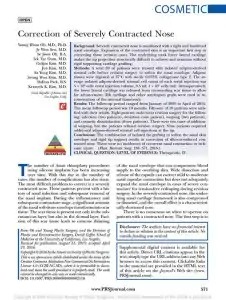
Plastic and Reconstructive Surgery, Vol. 138, No. 3
September 2016
Preoperative injection of isolated adipose- derived stromal cells into the contracted nasal scar tissue resulted in softening of the nasal enve- lope. Intraoperative release of remaining scar tis- sue and reconstruction of the internal framework with autologous grafts resulted in stable postop- erative results. There were no recurrences of con- tracture and there were no ischemic injuries to the overlying skin.
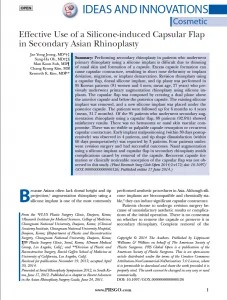
PRS Global Open
June 17, 2014
In secondary rhinoplasty after a silicone implant was used in the primary setting, the use of the capsular flap to preserve the dorsal SSTE volume was safe and reliable. There were no cases of recurrent capsular contracture, capsular resorption, or postoperative infection (Fig. 3). This technique avoids the dorsal irregularity and nasal SSTE vascular compromise that can occur with complete capsule removal.




